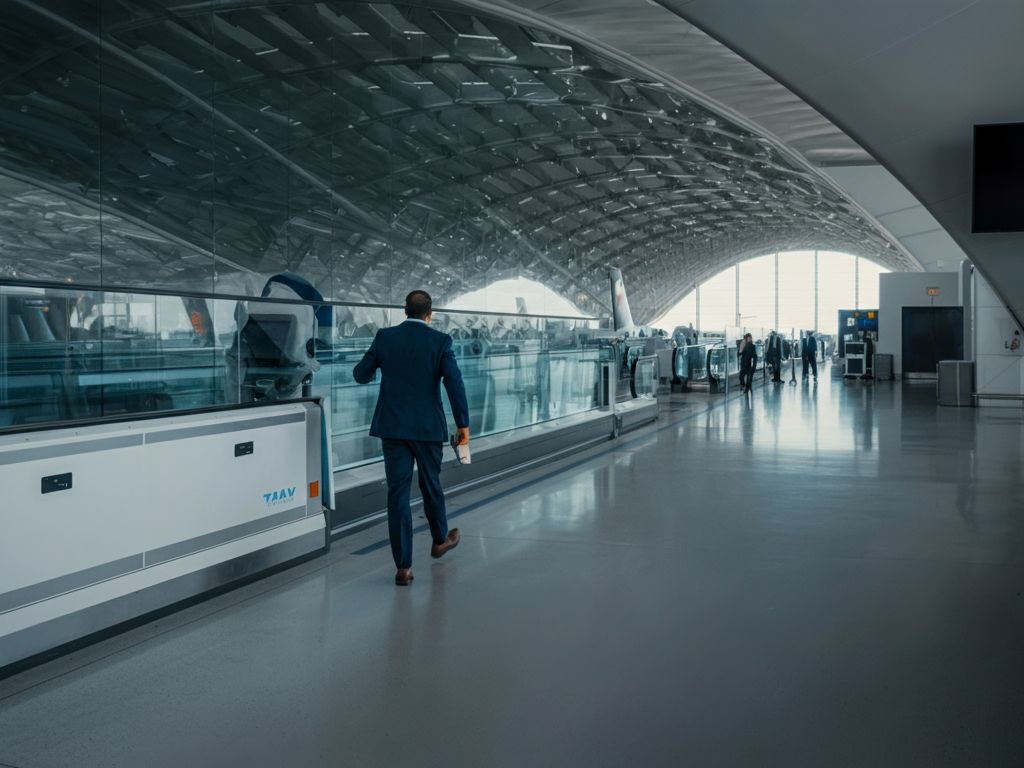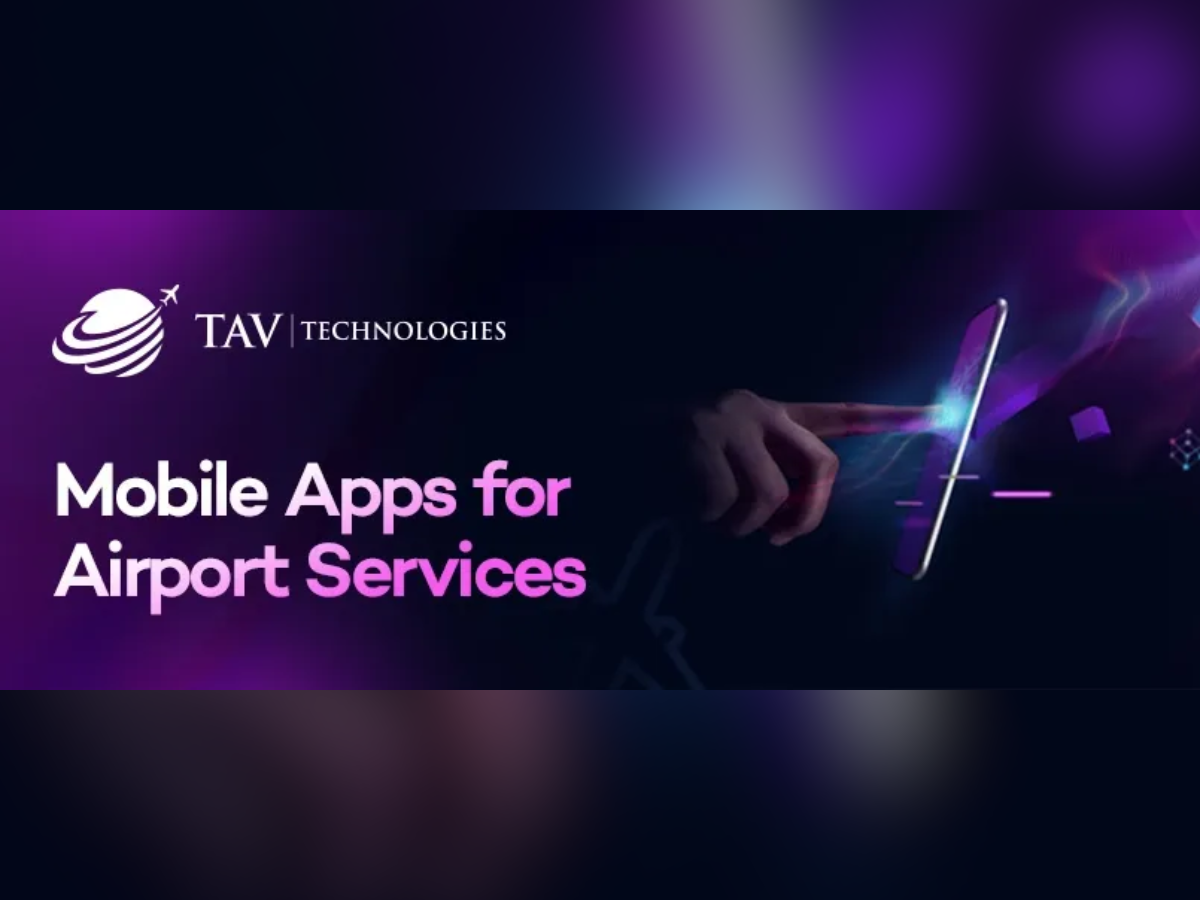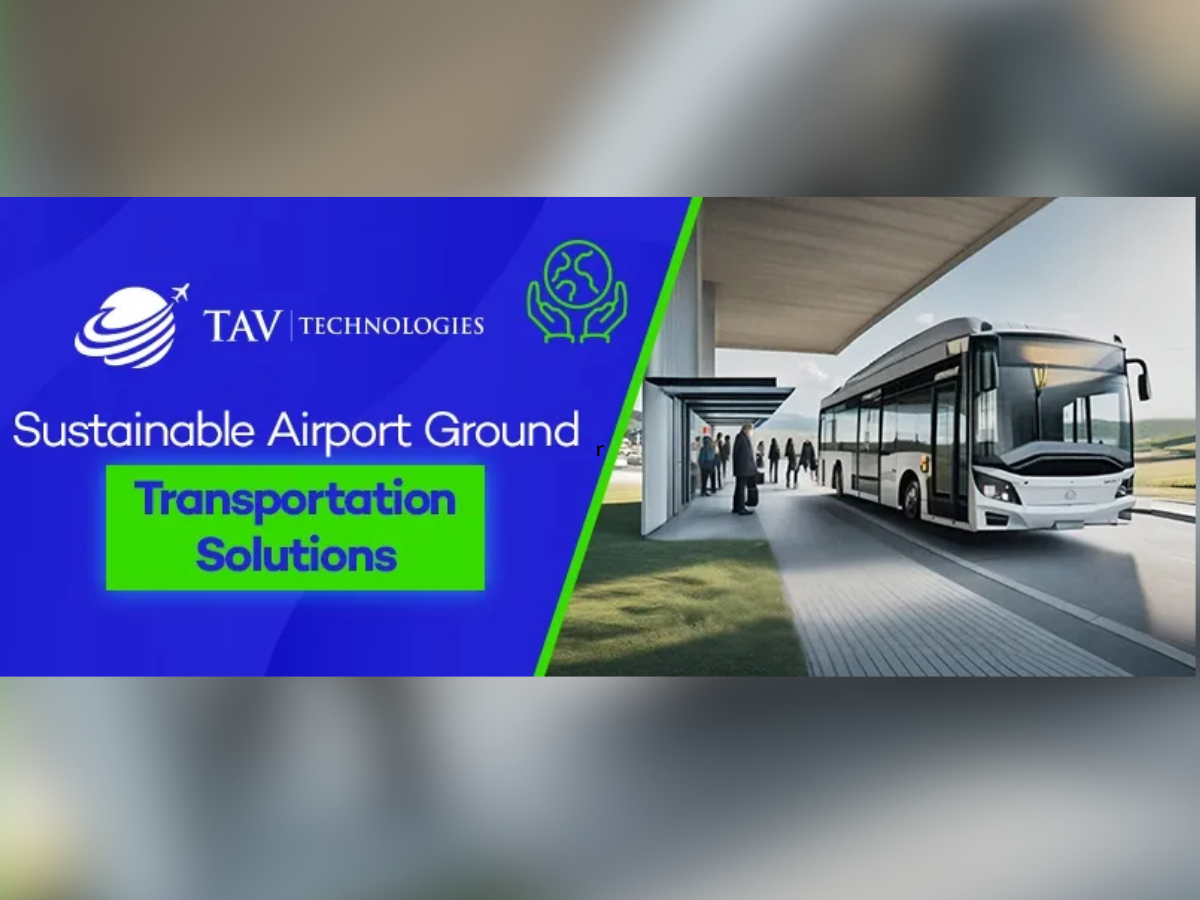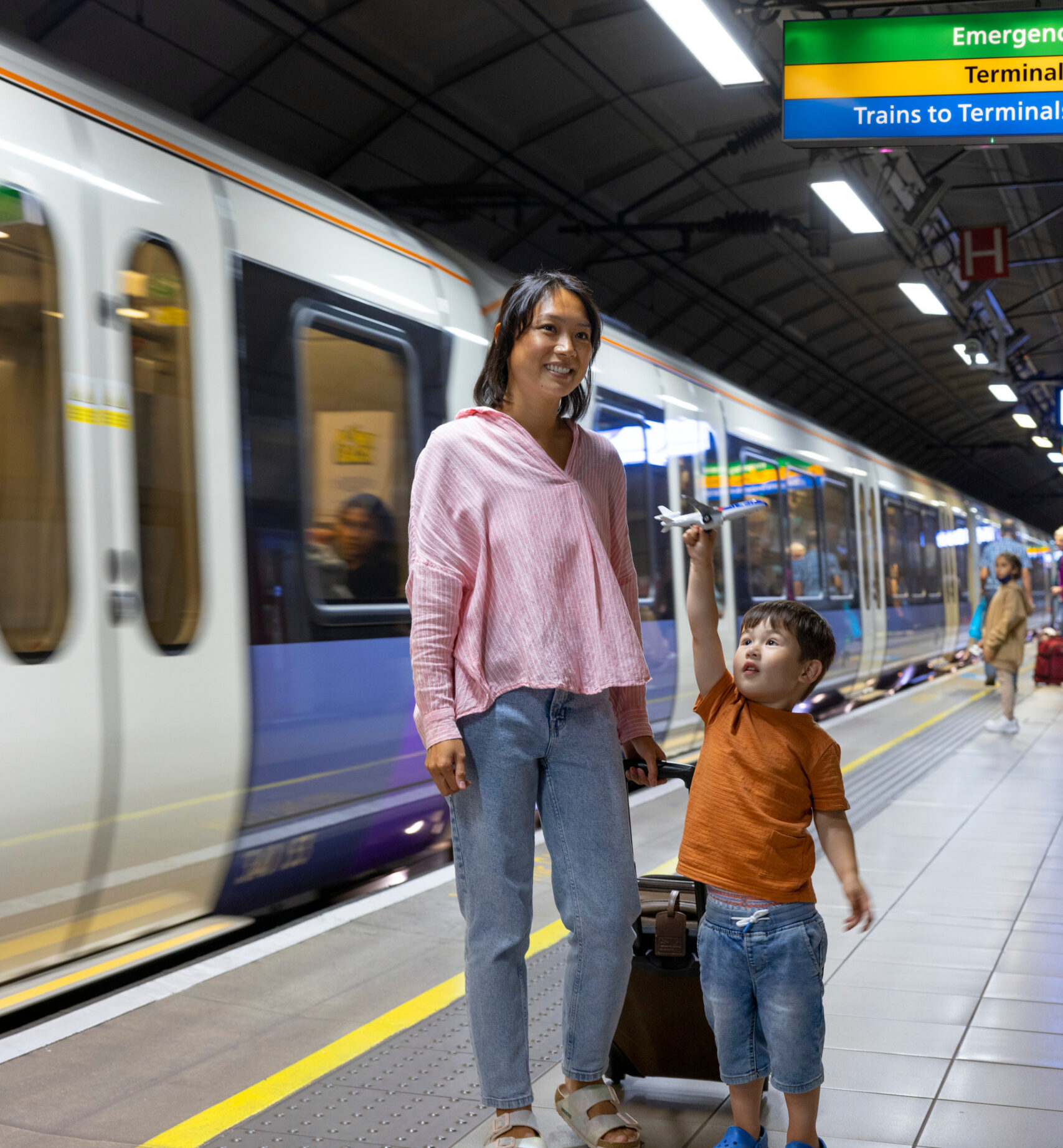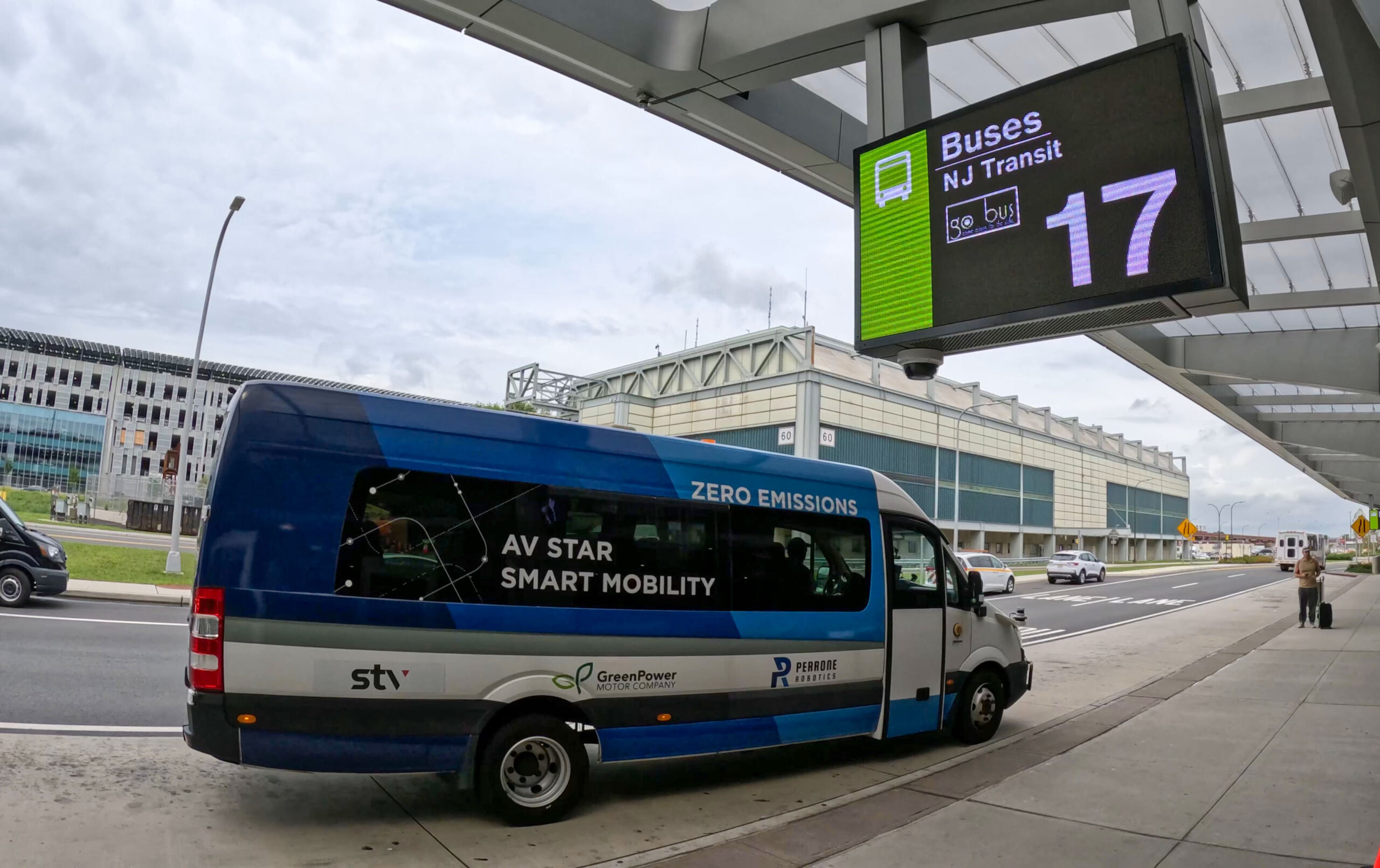Transforming the Airport Experience: The Impact of Virtual Assistants
In the fast-paced world of modern air travel, airports are constantly seeking innovative ways to enhance passenger experience. One of those innovations that has created a difference in the aviation industry is Virtual Assistants.
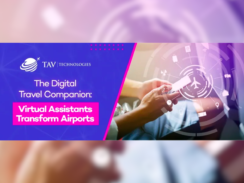
These cutting-edge technologies leverage artificial intelligence (AI) and natural language processing (NLP) to provide passengers with personalized and efficient guidance throughout their airport journey.
Understanding Virtual Assistants
Virtual Assistants, often referred to as chatbots or virtual concierges, are AI-driven systems working 7/24 designed to interact with users through text or voice. They are programmed to understand and respond to natural language queries, providing information and assistance in real-time for users. In the context of airports, Virtual Assistants can be integrated into mobile apps or kiosks, offering travelers a seamless and user-friendly way to access essential services and information about their journeys.
Personalized Guidance from Check-In to Boarding
Virtual Assistants bring several advantages that dramatically enhance airport experience:
- Time Efficiency: Passengers can save time by using Virtual Assistants to complete tasks like checking in, obtaining boarding passes, and finding the quickest security checkpoint line. This streamlines the airport process and reduces wait times of the passengers.
- Reduced Stress: Traveling can be stressful for some people, but passengers can rely on Virtual Assistants for guidance, which reduces anxiety and allows travelers to focus on the joy of their journey.
- Self-Service Options: Virtual Assistants empower passengers to take control of their airport experience. They can independently access information and complete tasks, reducing the need for human assistance and long queues.
The Future of Airport Experience
As technology continues to advance, Virtual Assistants are poised to play an even more significant role in shaping the future of air travel experience. They will evolve to offer services such as booking airport services, locating lost items, and even facilitating interactions with airport staff.
TAV Technologies is committed to advancing AI and AR technologies to improve airport operations and enhance the passenger experience. TAV Mobile uses passengers’ device cameras to help them find their way around the airport.
With the augmented reality mode, it blends what people see with useful virtual information. Passengers can easily spot key spots like shops, cafes, restaurants, and gates on their screens. Plus, it tells how far away they are in real-time, so passengers always know how close they are. But that’s not all! The app lets people check ratings from other travelers for stores and dining places in the terminal. This way, it encourages travelers to make smart choices about where to shop.
As airports increasingly embrace these technologies, travelers can look forward to smoother, more enjoyable trips, ultimately redefining the way we perceive and navigate airports in the digital age.
This article was originally published by TAV Technologies.



